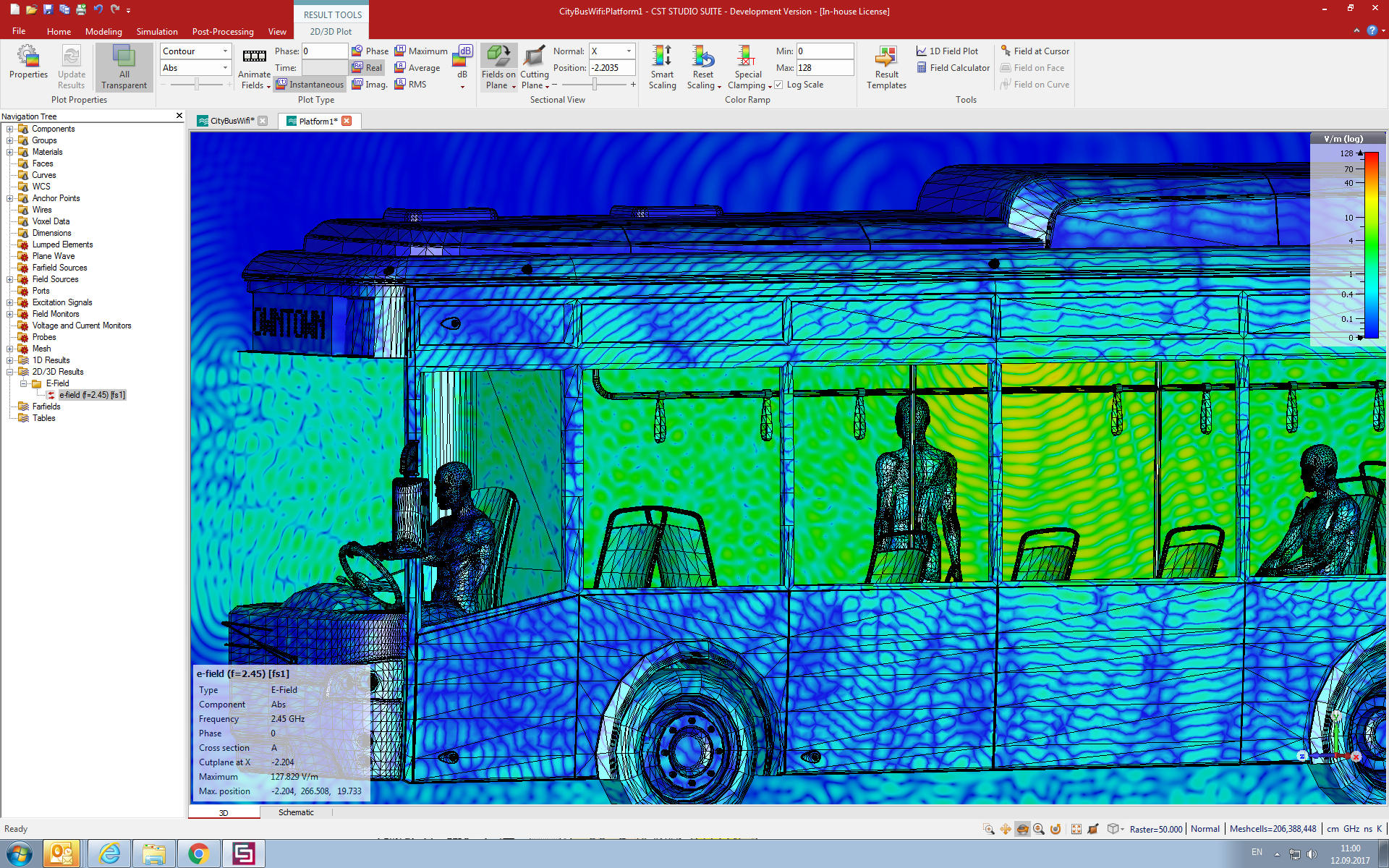

touchstone files of measurement results) and consequently performing a circuit analysis.

This is based on obtaining the complete S-parameter matrices of the 3D EM structure, in CST’s case by means of a CST MWS simulation, and other components (e.g.

Standard EM/Circuit Co-Simulation Most commercial packages utilize the standard cosimulation approach. CST now offers in addition a new transient 3D EM/circuit co-simulation method based on a truly coupled approach which can speed up the simulation for many types of applications, compared to the standard method. Both tools are tightly integrated in CST DESIGN ENVIRONMENT. Figure 1: Tuning of a microstrip band-pass filter using standard EM/circuit co-simulation Figure 2: Standard co-simulation of a balanced amplifier (Transient + S-Parameter task) In CST STUDIO SUITE, CST MICROWAVE STUDIO ® (CST MWS) is used for 3D EM simulations, whereas the synthesis and circuit parts are provided by CST DESIGN STUDIO (CST DS). A standard EM/circuit co-simulation then solves the full problem by incorporating the 3D structure’s S-parameters into the circuit simulation. This is because the 3D EM simulation result accounts for all typical effects such as crosstalk or parasitics, with no approximations. In order to describe the behavior of a 3D structure accurately, the full-wave result should be included in the design process. This is a type of decomposition which can result in significant gains in terms of simulation speed and can therefore be used for the efficient synthesis and optimization of microwave devices and sub systems. Co-simulation also allows the 3D structure and/ or the circuit models to be divided into several sections and solved separately, which can then be combined to produce the result of the complete system. Unnecessarily large and complex simulations are avoided using co-simulation techniques. In real-world applications, even with modern computing power, it is simply not feasible to perform tuning tasks on 3D EM/circuit models without employing some sort of “divide and conquer” approach. The need for co-simulation can be seen in many application areas such as antenna design, filter tuning, UWB applications, PCB and signal integrity analysis, RFIDs, etc. Not only can a distinction be made between the methods used to perform a cosimulation, but also in the type of co-simulations available. The combination of these problems is commonly referred to as EM / circuit cosimulation.


 0 kommentar(er)
0 kommentar(er)
